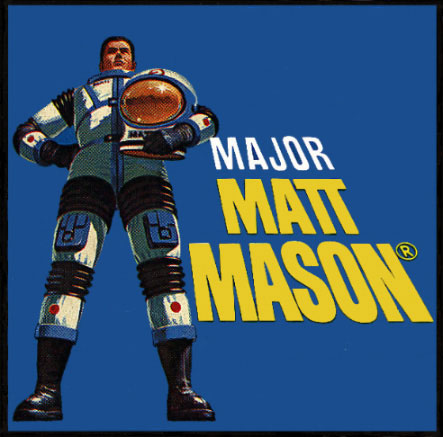Amazing Stories of the Space Age: True Tales of Nazis in Orbit, Soldiers on the Moon, Orphaned Martian Robots, and Other Fascinating Accounts from the Annals of Spaceflight.
1. Nazis in Space: Project Silverbird
Silverbird (german Silbervogel) was a design for a liquid-propellant rocket-powered sub-orbital bomber produced in the late 1930s for Nazi Germany. It was one of a number of models considered for the Amerika Bomber mission, which started in the spring of 1942, was focused solely on trans-Atlantic-range strategic bombers.
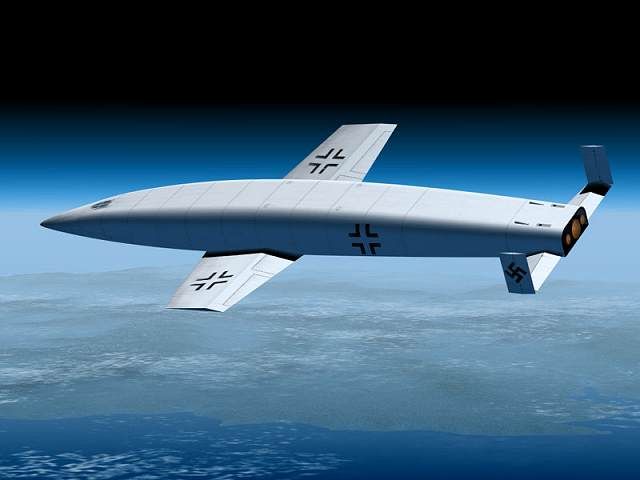
2. Project Horizon
Project Horizon was a 1959 study to determine the feasibility of constructing a scientific/military base on the Moon. The projected operational date with twelve soldiers was December 1966.
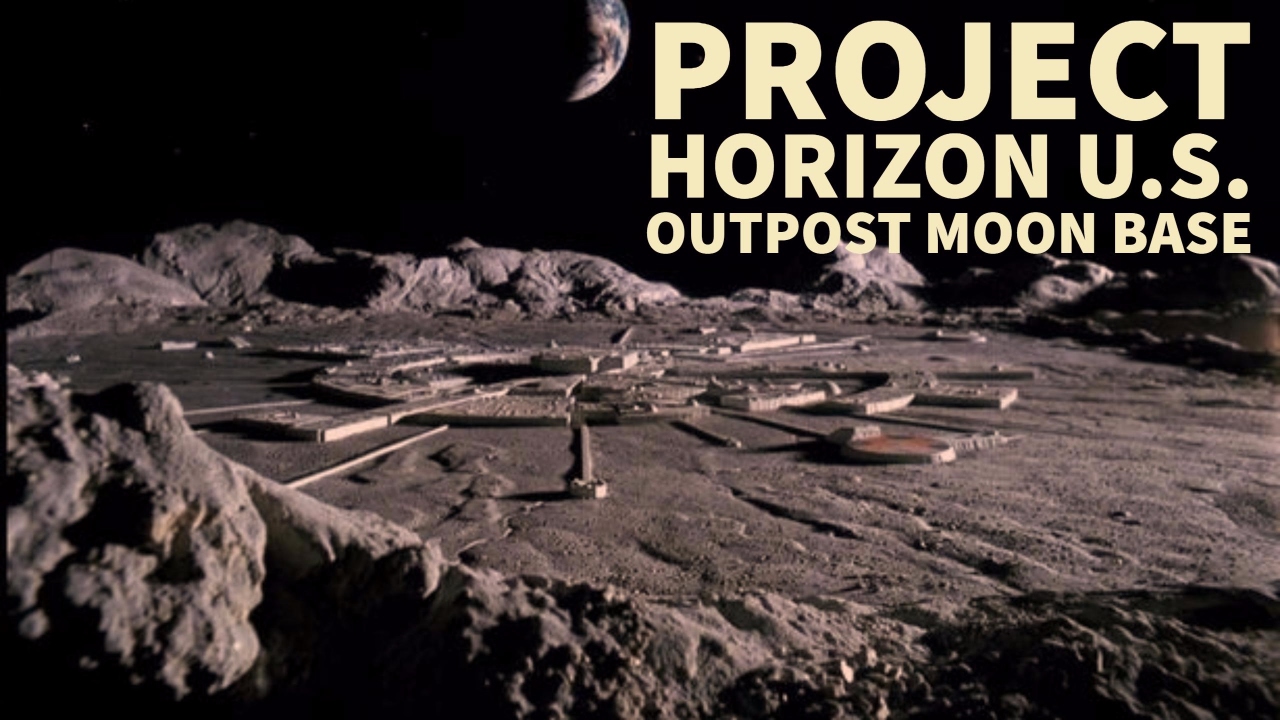
3. Das Marsprojekt
The Mars Project (German: Das Marsprojekt) is a non-fiction scientific book by the German (later German-American) rocket physicist, astronautics engineer and space architect, Wernher von Braun. The Mars Project is a technical specification for a manned expedition to Mars. It was written by von Braun in 1948 and was the first “technically comprehensive design” for such an expedition.
The Martian government was directed by ten men, the leader of whom was elected by universal suffrage for five years and entitled “Elon.” Two houses of Parliament enacted the laws to be administered by the Elon and his cabinet.
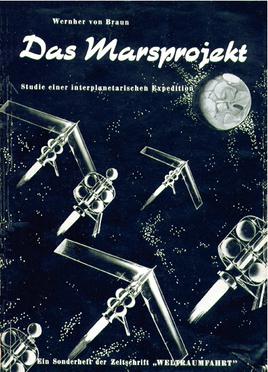
4. Project Orion (nuclear propulsion)
Project Orion was a study of a spacecraft intended to be directly propelled by a series of explosions of atomic bombs behind the craft
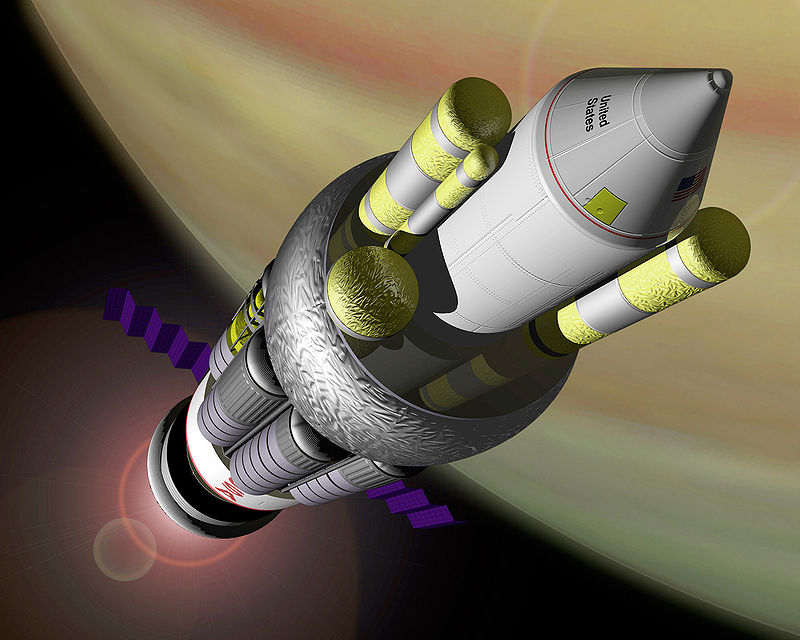
5. Lunex Project
The Lunex Project was a US Air Force 1958 plan for a manned lunar landing prior to the Apollo Program. The final lunar expedition plan in 1961 was for a 21-airman underground Air Force base on the Moon. The project was soon canceled due to various engineering limitations.
6. Rotating Wheel Space Station
A rotating wheel space station, or von Braun wheel, is a hypothetical wheel-shaped space station that rotates about its axis, thus creating an environment of artificial gravity. NASA has never attempted to build a rotating wheel space station, for several reasons. First, such a station would be very difficult to construct. Second, NASA considered a zero gravity laboratory more valuable with its microgravity environment.
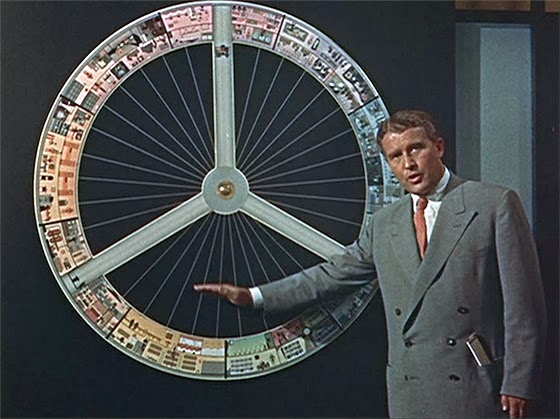
7. Project Empire
What if NASA had gone farther than Apollo? NASA conducted a detailed in-house study of Mars and Venus flyby missions. These would see a manned flyby spacecraft depart Earth orbit, coast past its target planet, and return to Earth. Luckily, all discovered quickly that the “tremendous” technology that NASA had developed for Apollo would not lead eventually to a manned Mars landing.
8. Blue Gemini
Project Gemini was NASA’s second human spaceflight program, which objective was the development of space travel techniques to support the Apollo mission to land astronauts on the Moon. Blue Gemini was a United States Air Force (USAF) project to enable the Air Force to gain manned spaceflight experience prior to the launch of the Manned Orbital Development System. The plan was to use off-the-shelf Gemini spacecraft to execute military IIK (Intercept-Inspect-Kill) missions against Soviet satellites suspected of carrying nuclear weapons. Blue Gemini was only a paper project that was canceled before NASA started any Gemini flights.
9. The Terrifying Flight of Gemini 8
The mission conducted the first docking of two spacecraft in orbit but suffered the first critical in-space system failure of a U.S. spacecraft which threatened the lives of the astronauts and required immediate abort of the mission. Due to failed thruster (later discovered), the spaceship started rolling, reaching a maximum of 296 degrees per second. The commander, Neil Armstrong, decided to use the re-entry thrusters to stop the tumble. The crew safely returned to Earth.
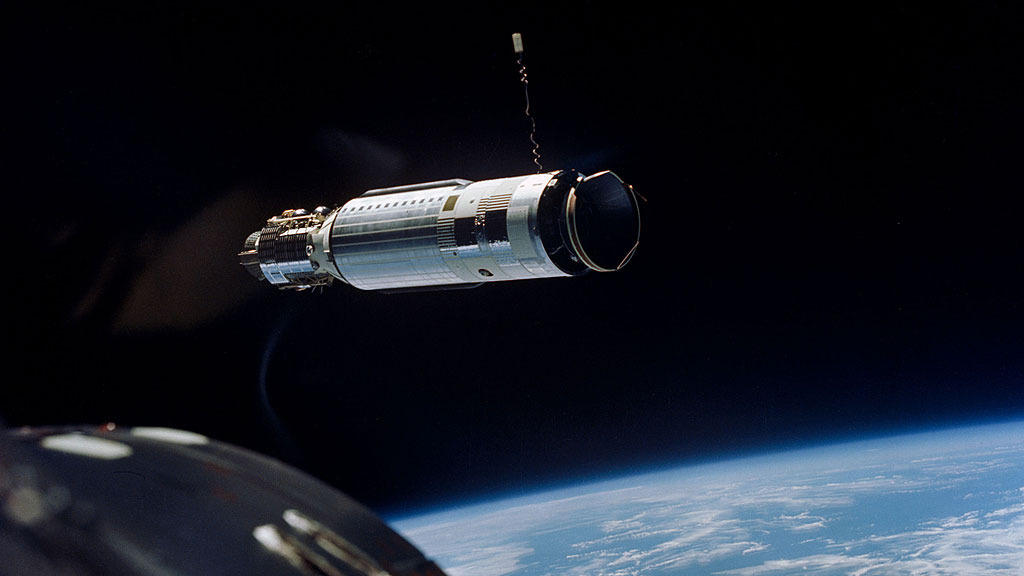
10. Manned Orbiting Laboratory
The Manned Orbiting Laboratory (MOL), was part of the United States Air Force’s manned spaceflight program. MOL evolved into a single-use laboratory, with which crews would be launched on 40-day missions and return to Earth using a Gemini spacecraft. MOL was cancelled in 1969, during the height of the Apollo program.
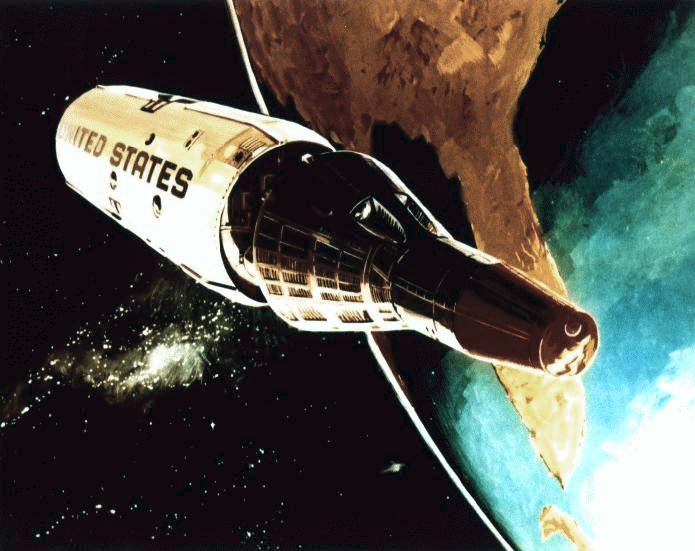
11. Apollo 11: Danger on the Moon
Most people knew that going to the Moon was risky. But very few knew the scope of the dangers that the crew faced. These were no longer theoretical: they were being played out in space at that very moment. The problems began immediately upon separation: bad radio connection, the main computer was raising overload alarms, missing a landing spot, low fuel. After landing on the Moon, problems still persisted: a temporary pressure buildup in a fuel line, difficulties with opening the hatch, breaking the ascent engine switch and fixing it with a pen.
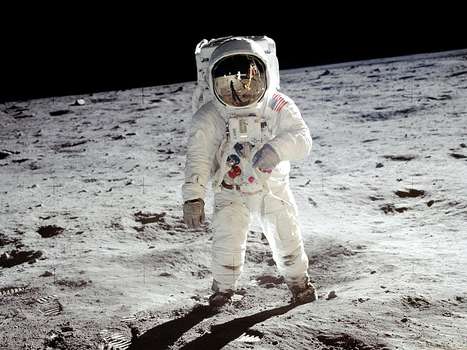
12. The First Space Shuttle - X-20 Dyna Soar
The Boeing X-20 Dyna-Soar was a United States Air Force (USAF) program to develop a space plane that could be used for a variety of military missions, including aerial reconnaissance, bombing, space rescue, satellite maintenance, and as a space interceptor to sabotage enemy satellites.
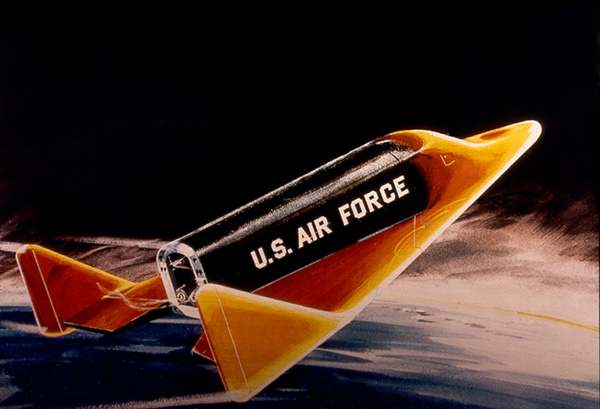
13. Beyond the Edge of Space: The X-15B
The North American X-15 was a hypersonic rocket-powered aircraft operated by the United States Air Force. The X-15 set speed and altitude records in the 1960s, reaching the edge of outer space and returning with valuable data used in aircraft and spacecraft design. X-15b variation that would launch into outer space from atop a rocket. This was canceled when the NACA became NASA and adopted Project Mercury instead.
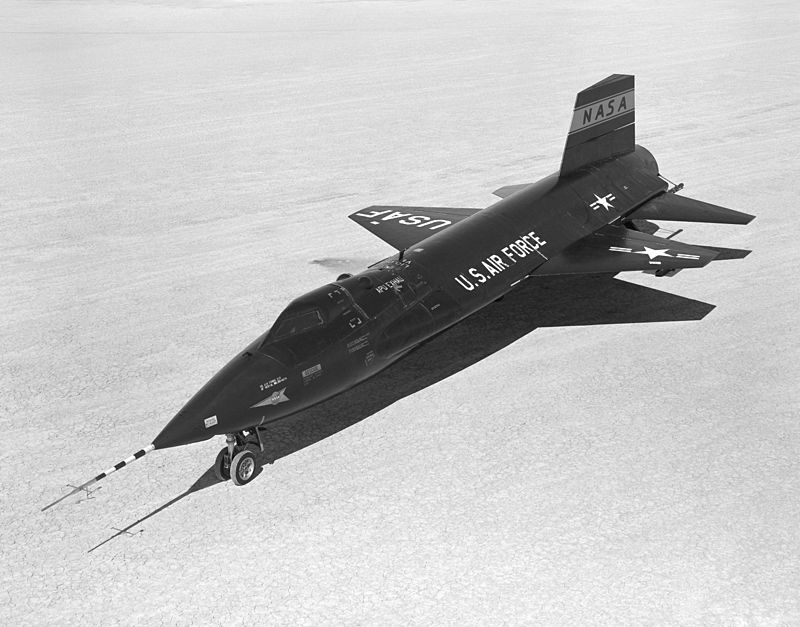
14. The Tale of Soyuz 1
Soyuz 1 was a manned spaceflight of the Soviet space program. Launched into orbit on 23 April 1967 carrying cosmonaut Colonel Vladimir Komarov, Soyuz 1 was the first crewed flight of the Soyuz spacecraft. Nowadays Soyuz is known for its reliability, but the first flight was plagued with technical issues, and Komarov was killed when the descent module crashed into the ground due to a parachute failure. This was the first in-flight fatality in the history of spaceflight. Even during the Cold War, mutual respect among the Soviet Union and NASA astronauts was occasionally stronger than their political rivalries between their nations. The American crew of Apollo 11 left behind two medals awarded to Russian cosmonauts Yuri Gagarin and Vladimir Komarov.
15. The Turtlenauts
Zond 5, a member of the Soviet Zond program, was an unmanned spacecraft that in September 1968 became the second ship to travel to and circle the Moon, and the first to return safely to Earth. Zond 5 carried the first Earthlings to reach the Moon, including two tortoises. Soviets used recordings to test communication from lunar distances, but it was quite a surprise for independent radio listeners when radio signals with voices were heard coming from the spacecraft.
16. The Science of Reentry
Two the most dangerous things about spaceflight are getting there and coming back. The dynamics of reentry are fairly simple. An object in orbit around the Earth will eventually slow down and fall out of that orbit. The spacecraft must be aligned properly to not burn or not to skip off the atmosphere, and protected from the intense heat. For example, the Apollo capsules returning from lunar flights experienced heating up to 2600 C, due to their higher return speeds. The Space Shuttle experienced maximum heating of 1500 C. In the early days of space exploration, Soviets and NASA tried to come up with emergency capsules capable of returning pilots safely to Earth. MOOSE, originally an acronym for Man Out Of Space Easiest but later changed to the more professional-sounding Manned Orbital Operations Safety Equipment, was a proposed emergency “bail-out” system capable of bringing a single astronaut safely down from Earth orbit to the planet’s surface. Neither NASA nor the U.S. Air Force expressed an interest in the MOOSE system, and so by the end of the 1960s, the program was canceled.
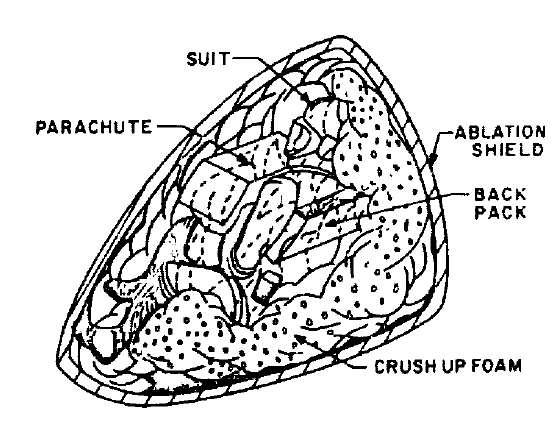
17. The End of Viking 1
Viking 1 was the first of two spacecraft (along with Viking 2) sent to Mars as part of NASA’s Viking program. On July 20, 1976, it became the second spacecraft to soft-land on Mars, and the first soft lander to successfully perform its mission. (The first spacecraft to soft-land on Mars was the Soviet Union’s Mars 3 on December 2, 1971, which stopped transmitting after 14.5 seconds.) Viking 1 held the record for the longest Mars surface mission of 2307 days (over 6 years), until that record was broken by Opportunity on May 19, 2010. Viking spacecraft could have worked even longer. In November 1982, to correct an issue with its batteries, the flight controllers sent a series of commands. Unfortunately, the commands were written in the section of lander’s antenna configuration, which moved the antenna to a blind spot. After months of unsuccessful connection attempts, NASA gave up in March 1983.
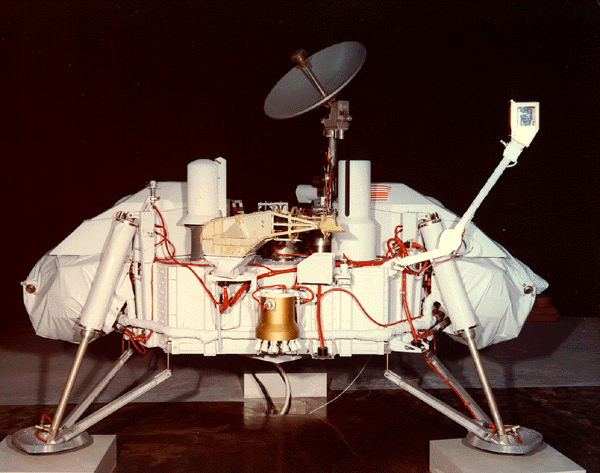
18. Skylab
Skylab was a United States space station launched and operated by NASA, and occupied for about 24 weeks between May 1973 and February 1974 – the only space station the U.S. has operated exclusively. The station was damaged during launch when the micrometeoroid shield tore away from the workshop, taking one of the main solar panel arrays. In 1979 it fell back to Earth amid huge worldwide media attention.
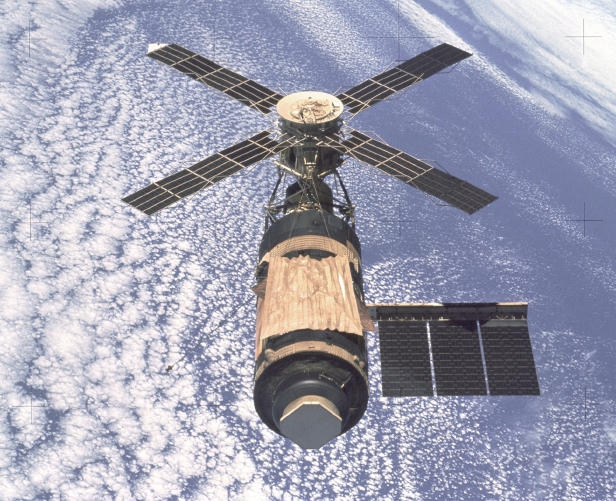
19. Near Misses: Space Shuttle
On February 1, 2003, the Space Shuttle Columbia disintegrated upon re-entering Earth’s atmosphere, killing all seven crew members. The disaster was the second fatal accident in the Space Shuttle program after Space Shuttle Challenger, which broke apart and killed the seven-member crew 73 seconds after liftoff in 1986. Space Shuttle was a complex project, and apparently, almost evry flight of all 135 missions had dangerous moments, most frequently related to heat shield panels.
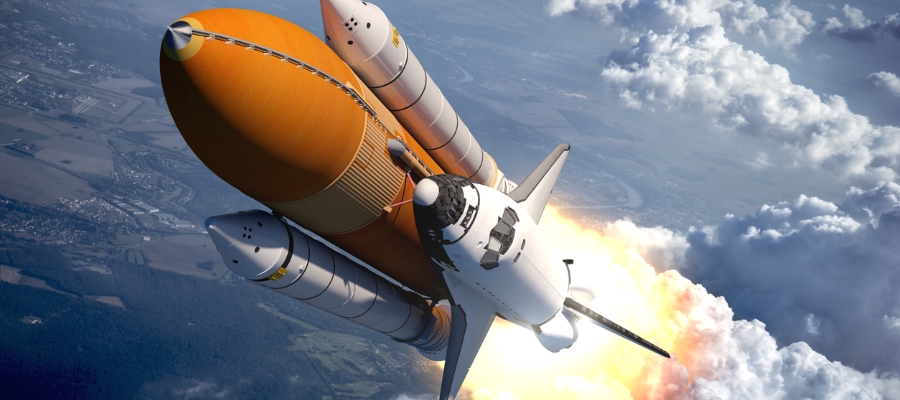
20. Showdown in Space: Firearms on the Moon
There was experimentation with kinetic anti-satellite weapons in the 1980s and 1990s. But with regards to firearms - pistols, rifles, mortars - there have been restrictions. This is partially due to the space agreements of the 1960s, which stated that space was to remain a peaceful endeavor. There is one exception, a type of firearm that has been carried into space for many years. Because the Soviet Soyuz capsules return to dry land, the wilderness of the Siberia, cosmonauts have long had sidearms packed in their survival kits. Something appropriate for dealing with bears.
21. Buran
Buran was the first spaceplane to be produced as part of the Soviet/Russian Buran programme. One spaceplane completed an unmanned spaceflight in 1988 and was destroyed in 2002 when the hangar it was stored in collapsed. It remains the only Soviet reusable spacecraft to be launched into space. The Buran-class orbiters used the expendable Energia rocket, a class of super heavy-lift launch vehicle.
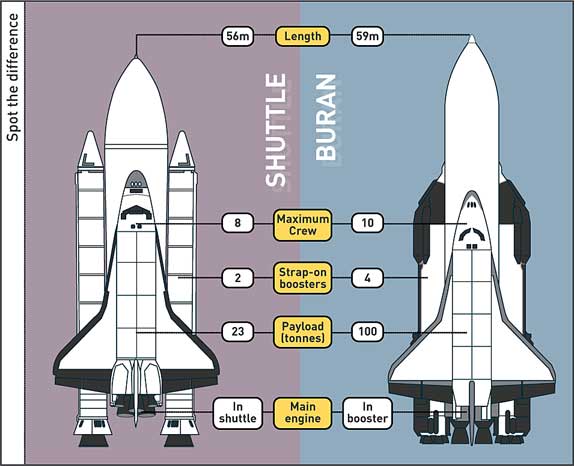 https://www.newscientist.com/article/dn936-soviet-space-shuttle-to-be-resurrected/
https://www.newscientist.com/article/dn936-soviet-space-shuttle-to-be-resurrected/
22. Major Matt Mason
Major Matt Mason was an action figure created by Mattel in the 1960s. He was an astronaut who lived and worked on the Moon. Mattel dropped the line in the mid-1970s as interest in the space program declined. The series is still fondly remembered, and collectors may pay top dollar for figures and accessories in mint condition.
